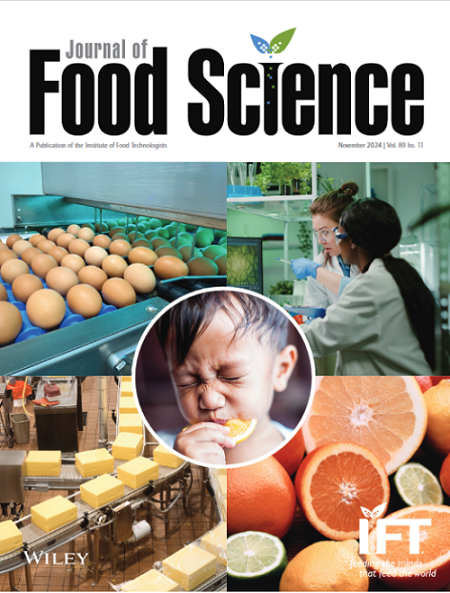Refined wheat breads are consumed throughout the world as an energy-dense staple food. The consumption of refined wheat bread has raised concerns among health-conscious consumers. This has partly stimulated research interest in the inclusion of functional ingredients such as germinated/fermented legume flour in the development of nutritious and healthy breads to drive innovations in the bakery industry and overcome sustainability problems. Nevertheless, the inclusion of germinated/fermented legume flours cannot be a direct replacement of refined wheat, because processing requirements must be met. This critical review analyzes the impact of germinated/fermented legume flour on the rheological characteristics, nutritional quality, health-promoting, and technological properties of wheat-based bread for improved nutrition and health, identifying current challenges. The macroconstituent changes and the increasing enzyme activity produced during germination/fermentation influence the functionality of wheat dough and the resultant bread quality. Substitution of up to 20% germinated legume flour caused detrimental effects on technological properties of the bread, whereas better technological properties were recorded with up to 20% fermented legume flour. Nevertheless, more studies are needed to provide detailed insight on this observation. Germinated/fermented legume flour could serve as a functional ingredient for the development of nutritious and healthy breads. In fact, breads containing germinated/legume flour are rich in quality protein, dietary fiber, micronutrients, phytochemicals, and bioactive constituents and low in glycemic index with improved sensory properties compared to 100% wheat bread. Nonetheless, information on the bioavailability of nutrients in breads containing germinated/fermented legumes using in vivo studies and profiling the metabolites therein are scarce in the literature.



